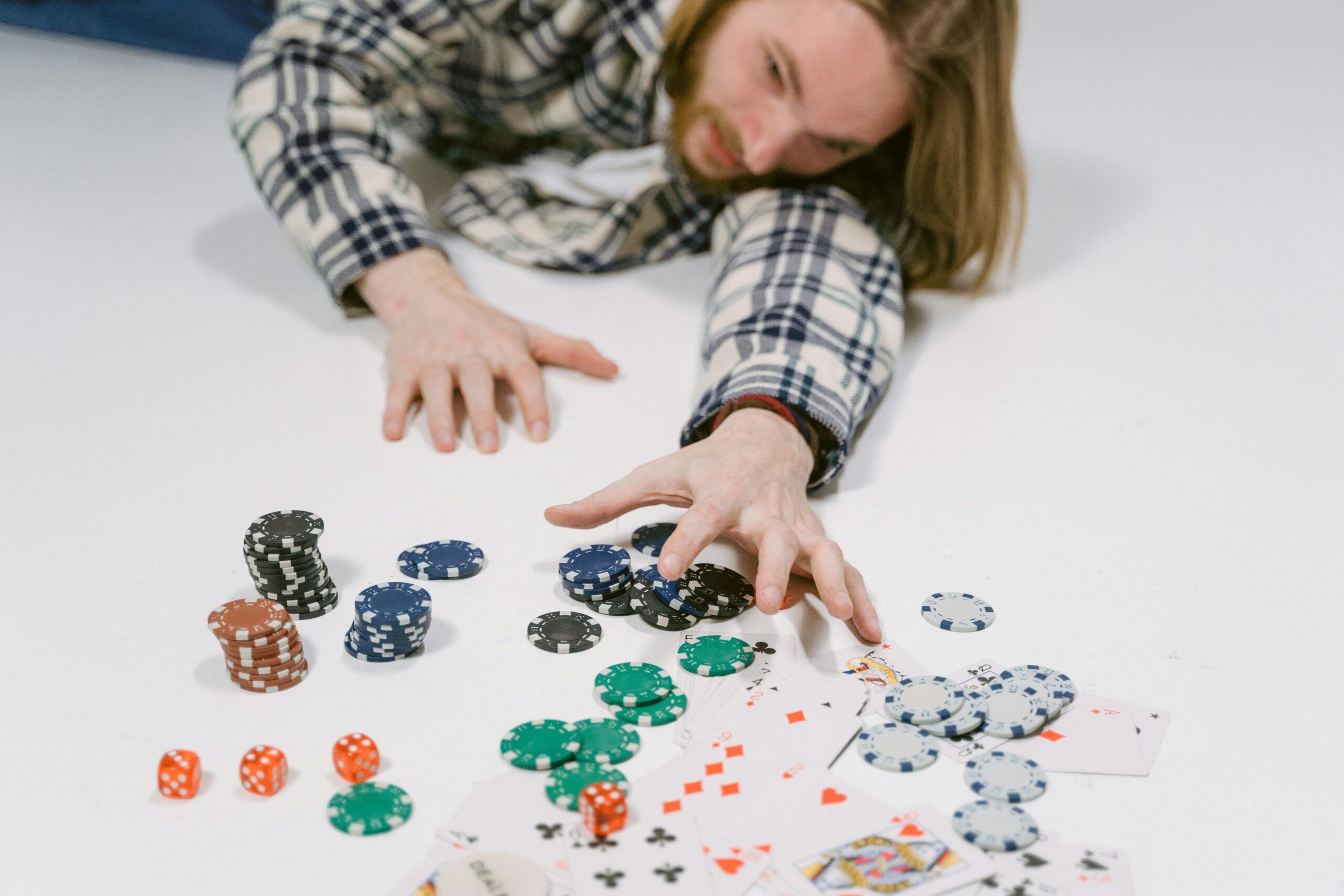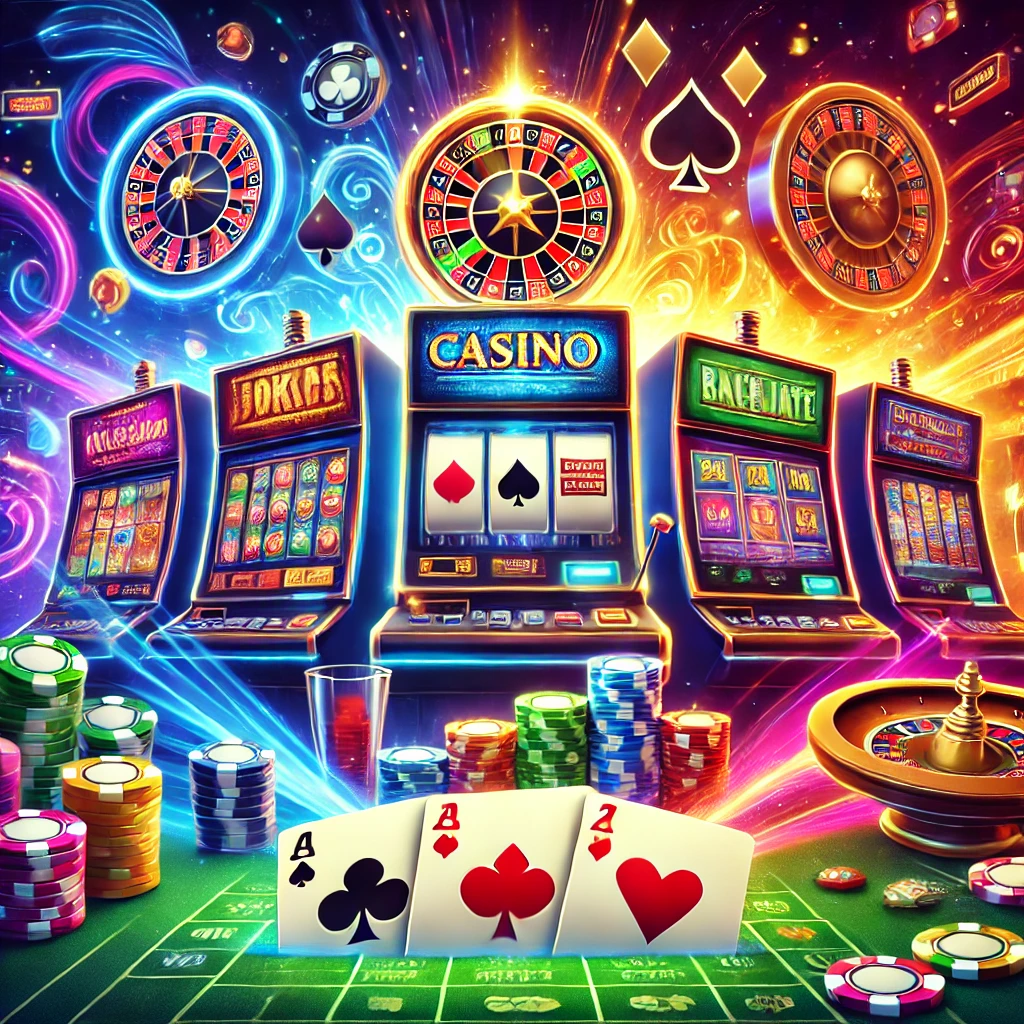Gambling is a complex behavior driven by a range of psychological factors. Understanding these factors can shed light on why people are drawn to gambling and how casinos use this knowledge to create enticing environments.
The Thrill of Risk
- Adrenaline Rush:
- The excitement of placing a bet and the anticipation of a win triggers the release of adrenaline and endorphins, creating a natural high.
- Example: The unpredictability of a roulette spin or a poker hand can generate significant emotional arousal.
- Dopamine Release:
- Gambling activates the brain’s reward system, releasing dopamine, a neurotransmitter associated with pleasure and reinforcement.
- Example: The near-miss effect, where a loss is close to a win, keeps dopamine levels high and encourages continued play.
Cognitive Biases and Illusions
- Gambler’s Fallacy:
- The belief that past events can influence future outcomes in random sequences. Players might think a win is “due” after a series of losses.
- Example: A roulette player betting on black after several consecutive reds, believing that black is more likely to come up next.
- Illusion of Control:
- The tendency to overestimate one’s ability to influence outcomes. Players may believe their skills or actions affect the results of games of chance.
- Example: Rolling dice harder or softer in craps, believing it will influence the roll.
- Confirmation Bias:
- The tendency to remember wins and forget losses, reinforcing the belief that gambling is profitable.
- Example: A player recalling a few significant wins while ignoring numerous smaller losses.
Social and Environmental Factors
- Social Interaction:
- Gambling provides a social outlet and a sense of community, particularly in live casino settings or social gaming environments.
- Example: The camaraderie among poker players or the shared excitement at a craps table.
- Casino Design and Atmosphere:
- Casinos use sophisticated designs to create an immersive and enticing environment. Elements like lighting, sounds, and layout are meticulously planned to encourage gambling.
- Example: The absence of clocks and windows keeps players unaware of time, encouraging longer play sessions.
- Marketing and Promotions:
- Casinos and online gambling sites use targeted marketing strategies and promotions to attract and retain players.
- Example: Welcome bonuses, loyalty programs, and personalized offers based on a player’s gambling behavior.
The Role of Problem Gambling
- Compulsive Gambling:
- For some individuals, gambling can become compulsive, driven by an uncontrollable urge to gamble despite negative consequences.
- Example: Continual gambling to recover losses, leading to financial and personal problems.
- Psychological Support:
- Recognizing the signs of problem gambling and seeking help is crucial. Support groups, counseling, and treatment programs are available to assist individuals struggling with gambling addiction.
- Example: Organizations like Gamblers Anonymous and the National Gambling Helpline provide resources and support.
Conclusion
The psychology of gambling is multifaceted, involving a mix of excitement, cognitive biases, social factors, and strategic casino designs. By understanding these psychological drivers, both players and regulators can better address the allure of gambling and promote responsible gaming practices. If gambling becomes problematic, seeking professional help is essential for regaining control and ensuring a healthy relationship with this activity.
















